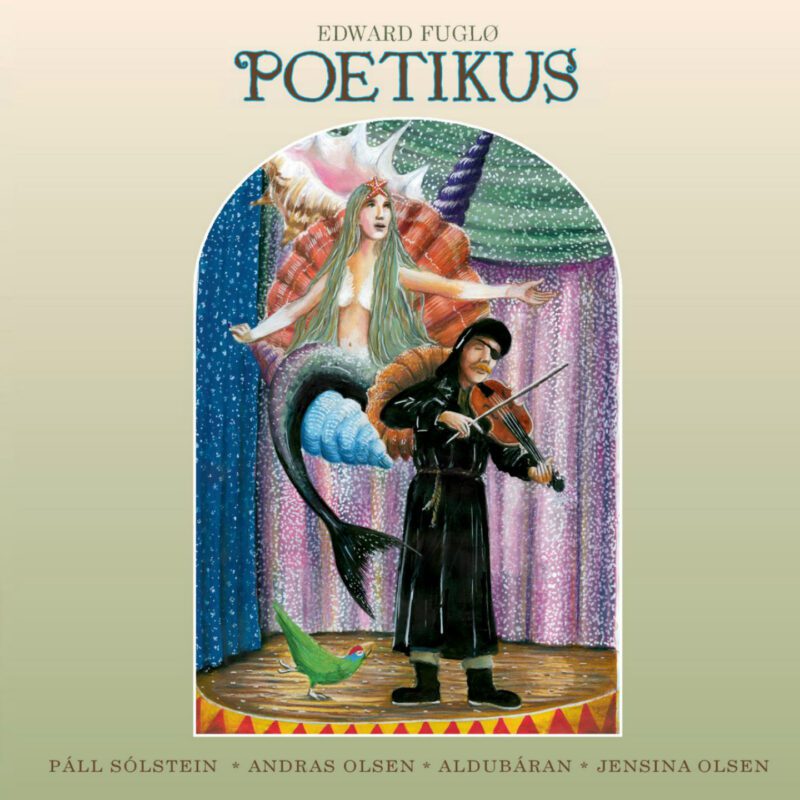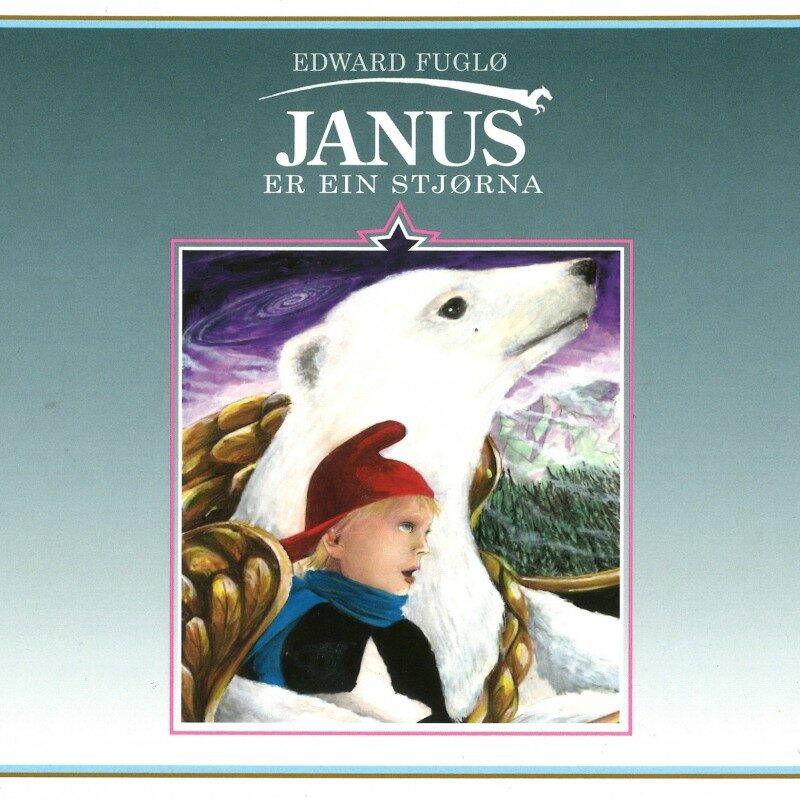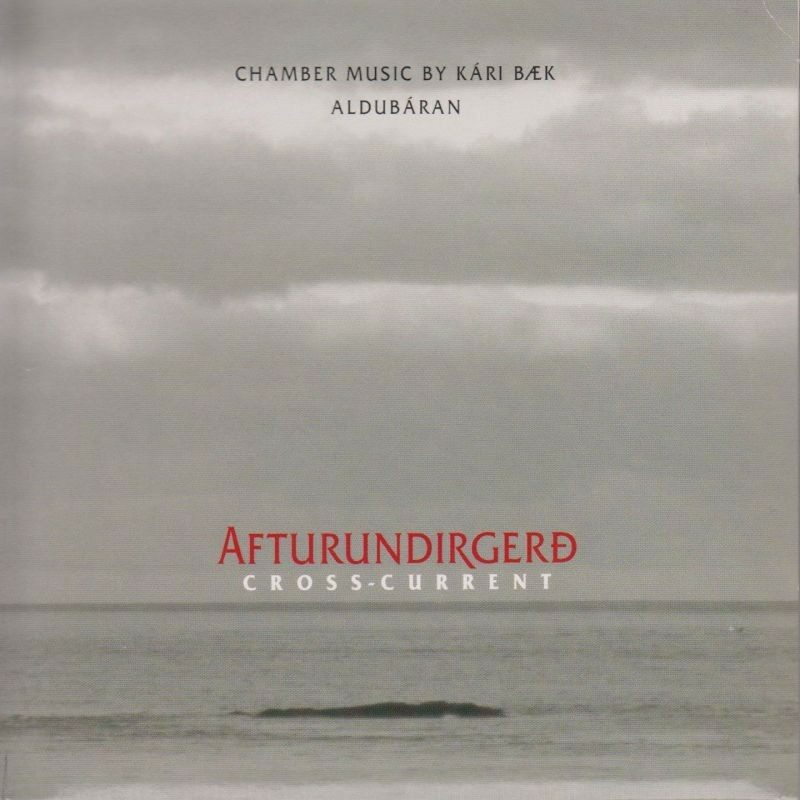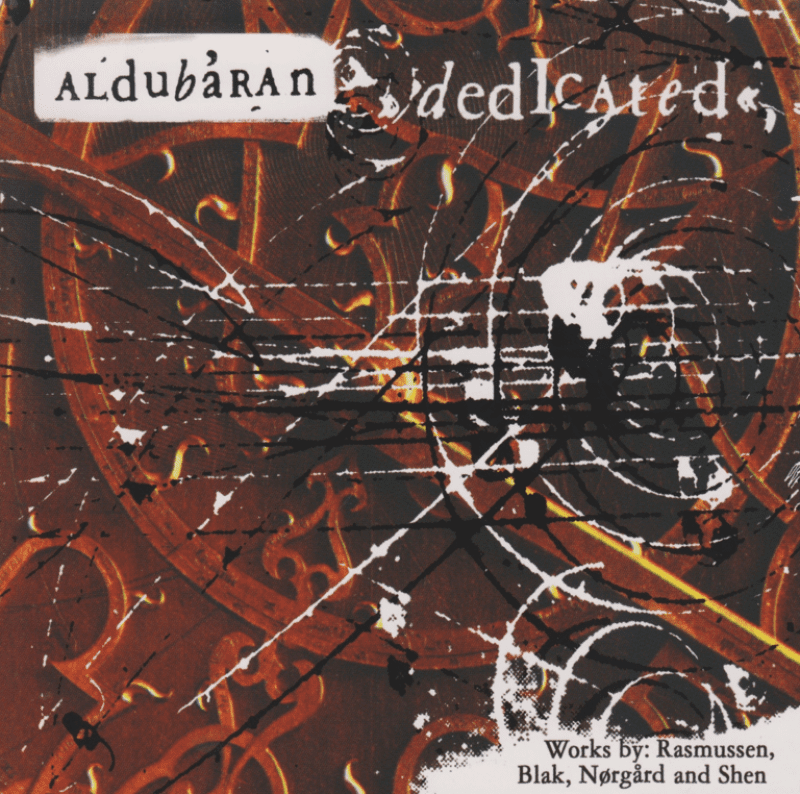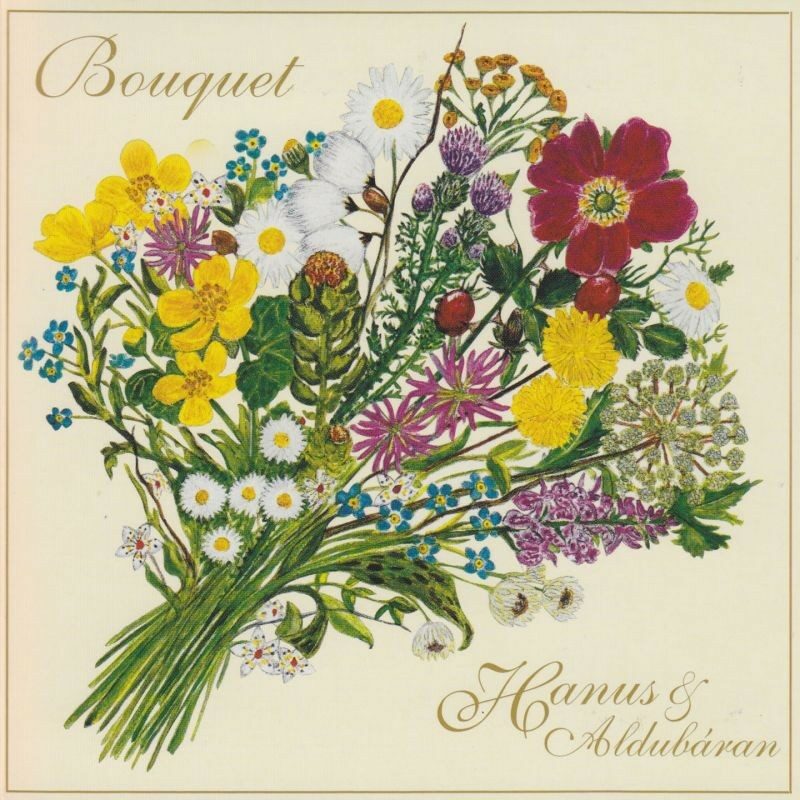Aldubáran
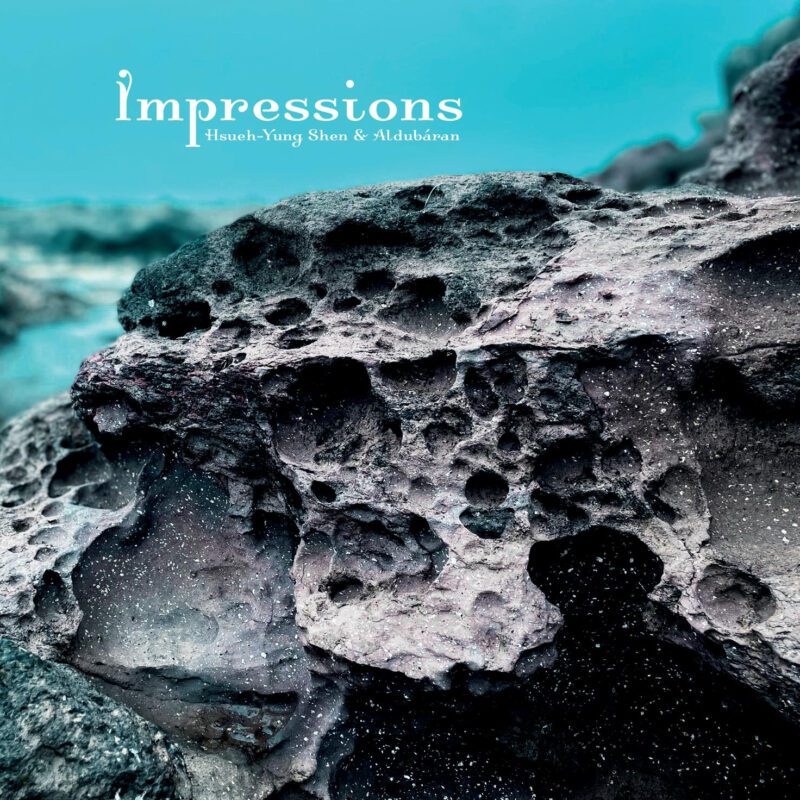
CD
Impressions – Aldubáran & Hsueh-Yung Shen
2023
Tracks: 5
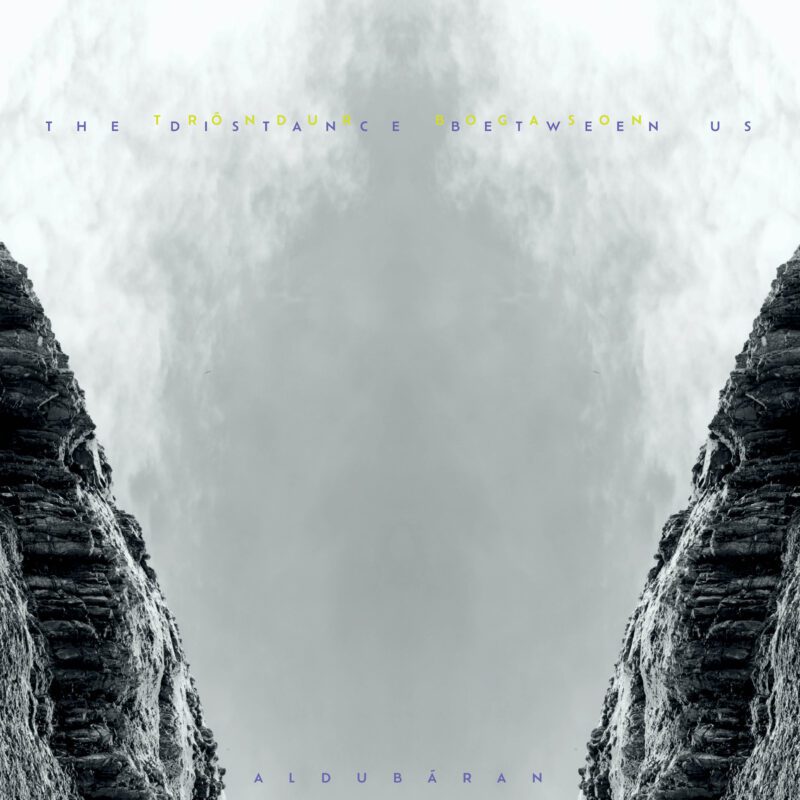
LP
The Distance Between Us – Tróndur Bogason & Aldubáran
2023
Tracks: 5
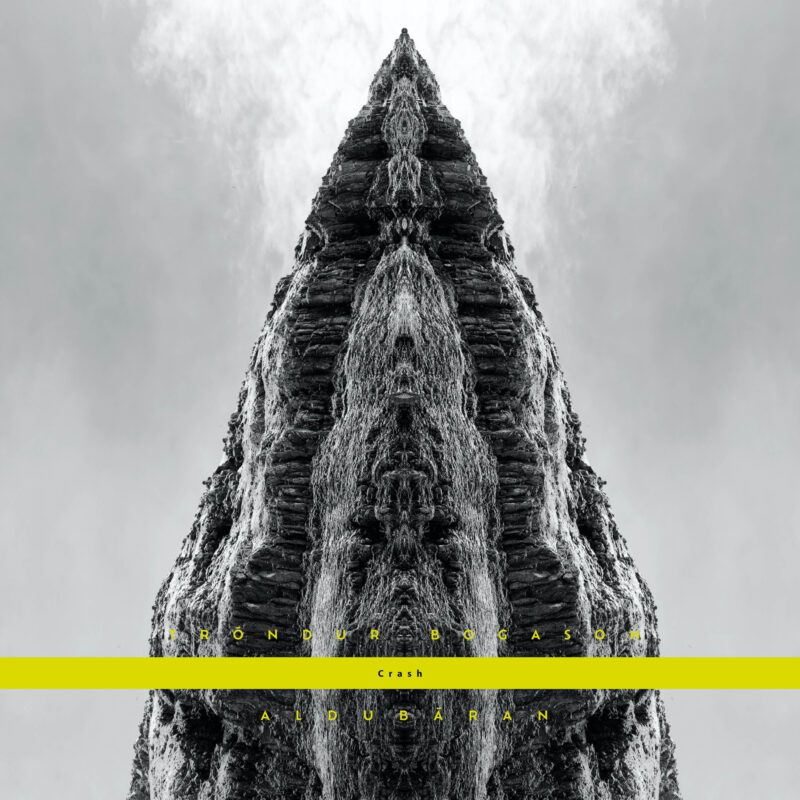
DIGITAL
Crash – Tróndur Bogason & Aldubáran
2023
Tracks: 1
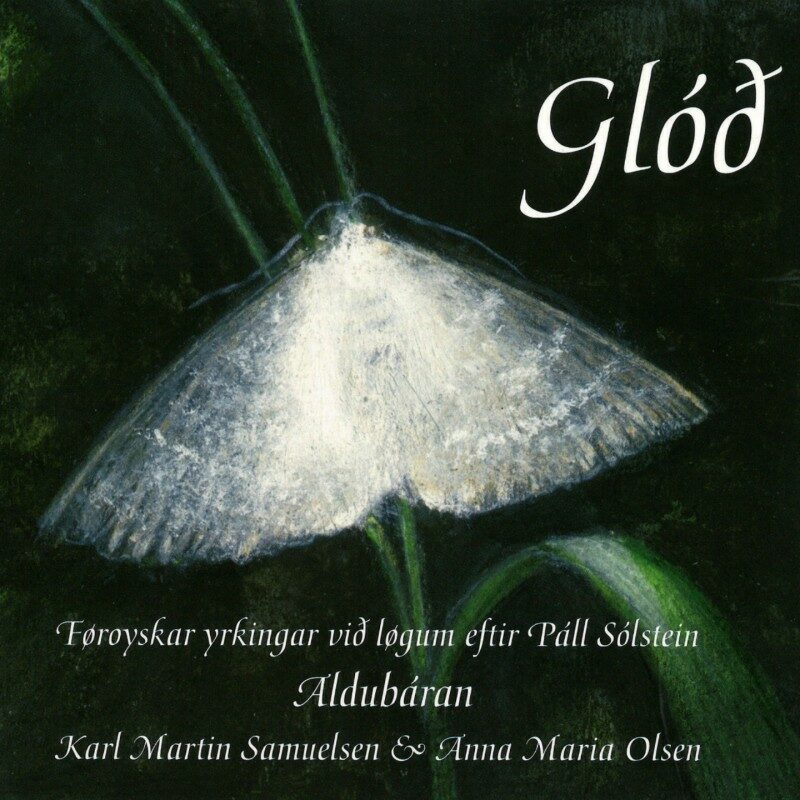
Glóð – Aldubáran
About Glóð faroese poems with different melodies from Páll Sólstein



